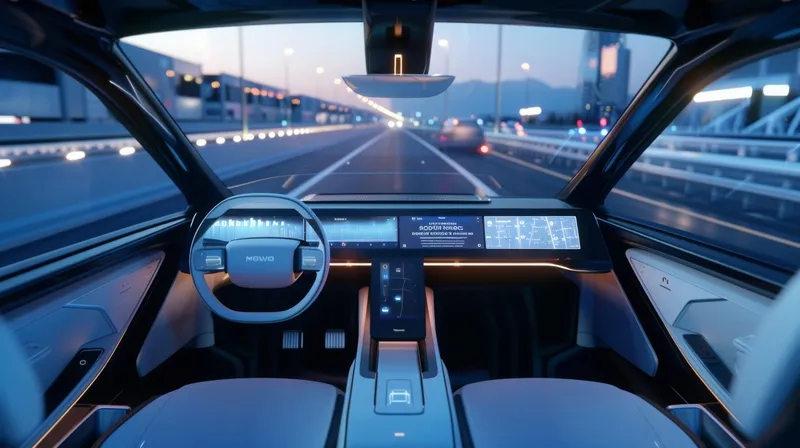
How will the development of electric vehicle charging infrastructure affect urban design, road use and air quality? Who will be responsible for laying out charging infrastructure? And just who will pay for it all? How will road user charging fit into the mix?
The answers to these questions and more are now to be found on the just-gone-live new website EV Charging and Infrastructure.
EVC&I, a sister website to ITS International, is published by Route One Publishing and offers news, features and interviews from all round the world.
“There are a lot of publications that report on EVs and cover the charging issue as part of that but none that are specifically dedicated to the topic of EV charging and infrastructure worldwide,” says Liam McLoughlin, managing editor of EVC&I.
This rapidly evolving area touches on core issues of concern for the ITS sector.
“A host of players are vying for a stake in the sector - traditional fuel companies, energy utilities, car manufacturers, electronics giants, tech start-ups. The list goes on,” McLoughlin explains.
“How much will be left to the private sector, what will be the level of government and local authority involvement/ownership, how important are partnerships going to be? The business models have not been established so there is no shortage of exciting new developments for us to report on and analyse.”
McLoughlin believes that EV charging will undoubtedly affect the way that roads are designed and used.
“In the US, taxes from fuel sales are a central part of the funding for road construction. With the advent of the electric vehicle, this revenue is shrinking and new sources need to be found. Will road users have to pay a tax on the distance they drive, rather than the amount of fuel they purchase?”
Who is EVC&I aimed at?
What the new website will not do is sell the reader a new electric car or truck.
“However, if a new vehicle has some impact and relevance for the charging infrastructure sector - an increased range, new battery technology - we will be reporting on it," says McLoughlin.
“The content we provide is interesting and relevant to a wide variety of people - EV infrastructure companies and providers, those in the public sector who are responsible for EV deployments, fleet managers migrating to EVs and anyone with an electric vehicle or considering one who wants to keep up with the latest developments."
EVC&I will be reporting on the latest business moves of many well-known major companies, including Siemens, ABB, Schneider Electric, BYD, Tesla and Shell. This is in addition to the emerging EV charging players such as Chargemaster, Vattenfall, ChargePoint and Webasto.
Many trends are emerging that up to this point have failed to get the coverage the they deserve.
“For example, the V2G (Vehicle to Grid) sector is set for major expansion and we will be watching it closely,” he says.
“V2G allows various types of electric cars to interface with the power grid in order to provide demand response services by delivering two-way electricity exchange. Precedence Research predicts the V2G sector will increase from US$1.8 billion in 2021 to be worth around $17.4 billion by 2027.”
McLoughlin believes there will be increasing collaboration between EV charging market players including utilities, car manufacturers, traditional fuel companies and renewable energy providers.
The importance of brands in EV charging is likely to come to the fore. “Electric mobility company Virta states that a range of consumer businesses – from shopping centres and restaurants to hotels and from energy companies to petrol stations – may offer EV charging as a part of the overall customer experience.”
ITS International readers can click here to see the latest developments in the work of electric vehicle charging and infrastructure: www.evcandi.com










